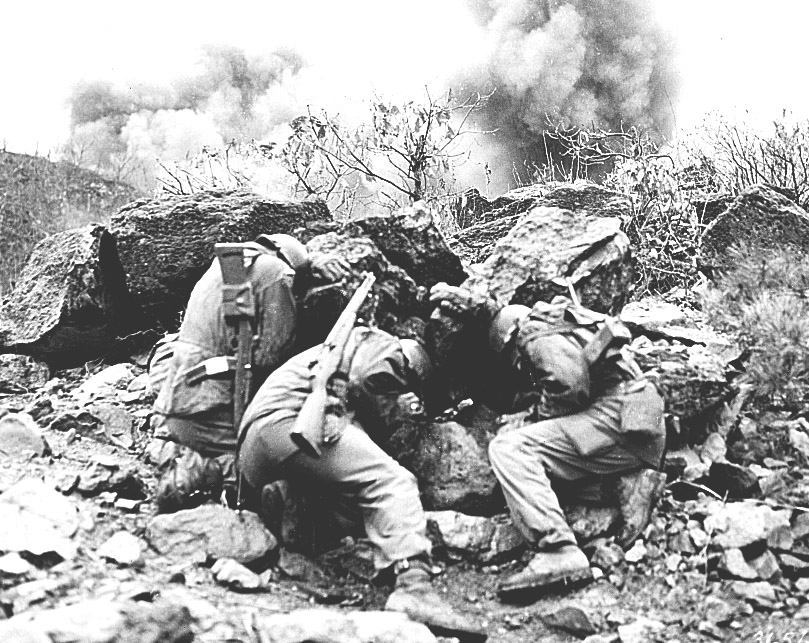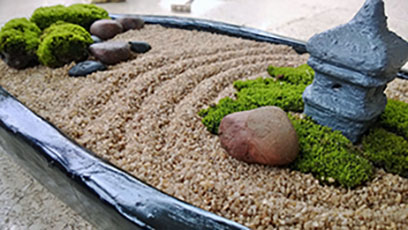PFC Richard Lee Fulton


From Occupying Japan to War in Korea
by Richard D. L. Fulton
Former Brunswick area resident Richard Lee Fulton was born in Labell, Missouri, on May 30, 1930, to parents, Kansas-born Oscar Lee and Missouri-born Tina Fern Fulton.
He had one brother (also named Richard) and five sisters: Juanita, Carmeta, Donna, Elmita, and Doris, according to his father’s obituary.
Fulton married his first wife, the late Regina Webber (Moler), also a Brunswick-area resident, and had one son who was born in the Frederick Memorial Hospital in 1949. He subsequently remarried several times and fathered a number of sons and daughters.
Fulton’s father, a World War I Veteran, was recorded at one time as having been a baker, apparently owning his own bakery in Lewis, Missouri, but retired in Florida after having been employed in the banking business. His mother, Tina Fern, was listed as a housewife who had never attended school.
The Army Home Town News Center (AHTNC) listed Fulton’s occupation prior to entering the service as a farmer.
Piecing together Fulton’s military record has remained something of a challenge, since according to the National Personnel Records Center, records that would have detailed Fulton’s military involvement “would have been in the area that suffered the most damage in the fire that date (on July 12, 1973) and may have been destroyed (which included Army personnel records from 1912 through 1963).”
Adding to the confusion, Fulton had initially enlisted in the Army using his brothers’ name, Richard David Lee Fulton, because he, himself, was too young to enter the service. Probably one of those, “It seemed like a good idea at the time” moments.
According to the U.S. Department of Veterans Affairs, Fulton had initially served in the military from April 7, 1947, until June 17, 1947. The AHTNC, via Radio Station WDBO, Orlando, Florida, reported that Fulton had served with the 24th Infantry Division, as part of the “occupation force,” led by General Douglas A. MacArthur.
The occupation force had been dispatched to Japan in the wake of the Japanese surrender in 1945. The overall occupation lasted until 1952. During Fulton’s tenure with the occupation force, Fulton was promoted to Private First Class.
Records relating to Fulton’s enlistment in 1947 seem elusive, which could be due to their records having been lost in the National Personnel Records Center’s fire.
Fulton was discharged in 1947, after serving barely three months, although there is nothing in surviving military records that would indicate any reason for his discharge. It has been surmised it was due to his having been discovered to have entered the service under a false name.
Whatever the case may be, he successfully (and lawfully) re-enlisted on November 18, 1950, enlisting in Memphis, Tennessee, with the 34th Infantry Regiment’s 2nd Battalion, 77th Armed Infantry Company.
Fulton and the 34th Infantry Regiment’s 2nd Battalion, 77th Armed Infantry Company, were subsequently dispatched to Korea in March 1952, according to the AHTNC. He served in Korea with his unit as a squad leader in Company G.
Fulton was discharged from the Army on January 18, 1954.
It was noted in an obituary that was published at the time of his death that he had also served in Vietnam, although no military records appear to exist that would verify this statement.
Due to his service in Korea, he was awarded the Combat Infantryman Badge and the UN Korean Service Ribbon, the Korean Service Ribbon, the Korean Service Medal, National Defense Medal, and at least two others, according to the Report of Separation from the Armed Forces of the United States.
He ultimately retired as a laborer from the Buckhorn Rubber Company in Missouri and was a member of the Emmette J. Shields American Legion Post 55 and the Veterans of Foreign Wars Post.
Fulton passed away at the Monroe Manor in Paris, Missouri on October 18, 2008. He was buried in the Mount Olive Cemetery in Hannibal, Missouri, with full military rites, provided by the Emmette J. Shields American Legion Post 55.


 My name is Honshuu (pronounced hon shoe), which means “trouble” in Japanese. Why in Japanese? Because I am a Shiba Inu mix, one of six ancient dog breeds from Japan. We were bred for hunting and flushing out small game. Some say we have cat-like agility; I like to say I move like a ninja! Speaking of cats, we do get along well with them—they are fun to chase.
My name is Honshuu (pronounced hon shoe), which means “trouble” in Japanese. Why in Japanese? Because I am a Shiba Inu mix, one of six ancient dog breeds from Japan. We were bred for hunting and flushing out small game. Some say we have cat-like agility; I like to say I move like a ninja! Speaking of cats, we do get along well with them—they are fun to chase.